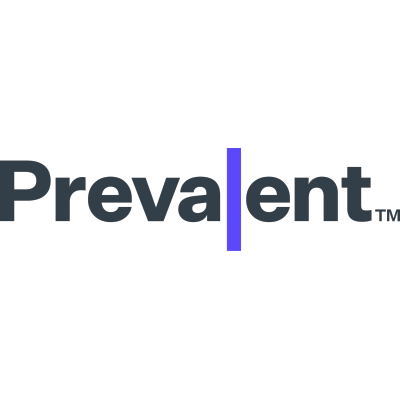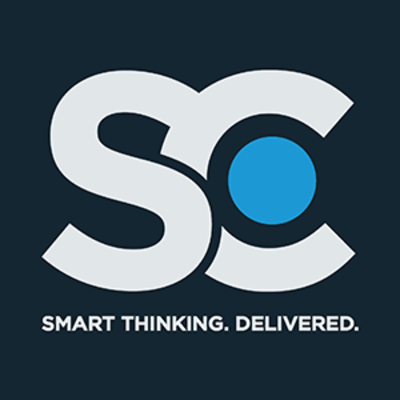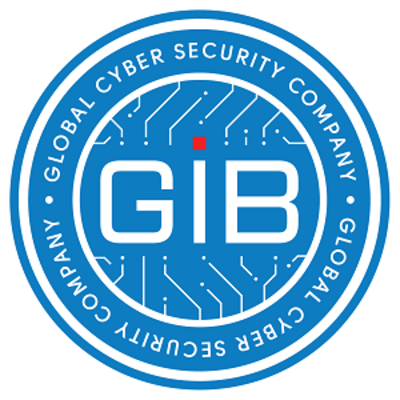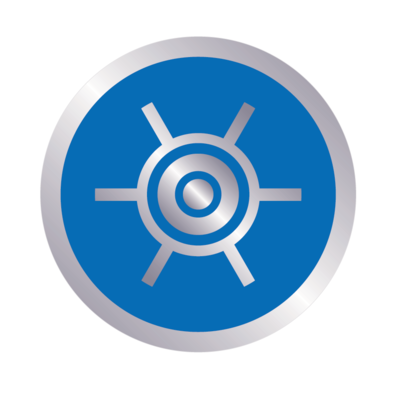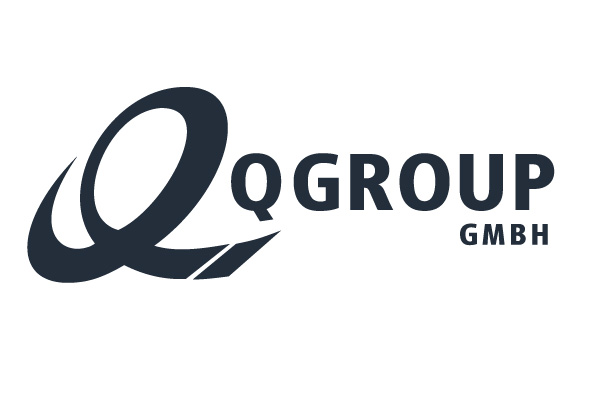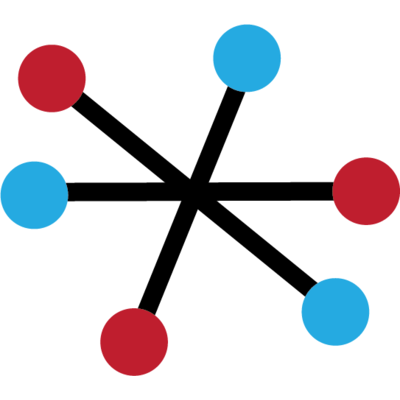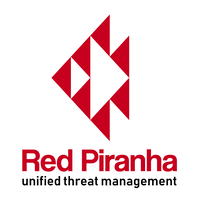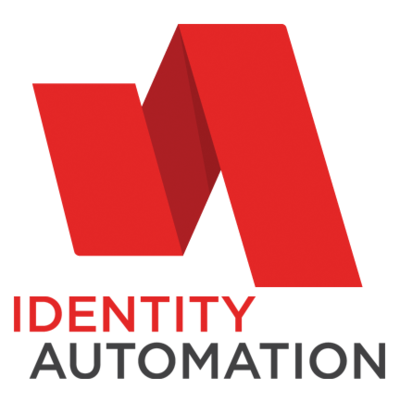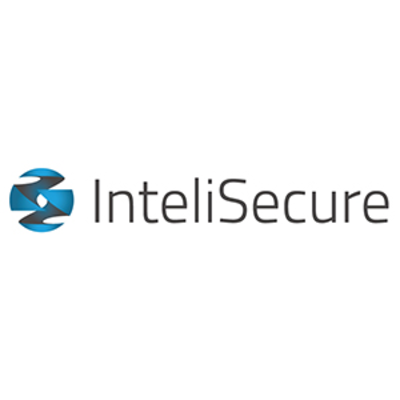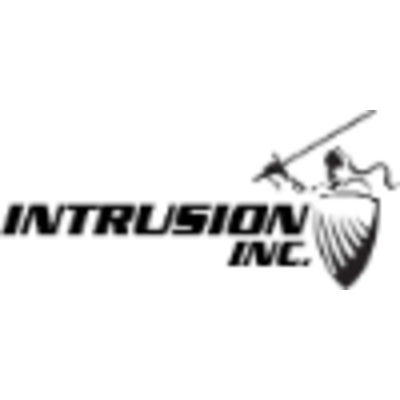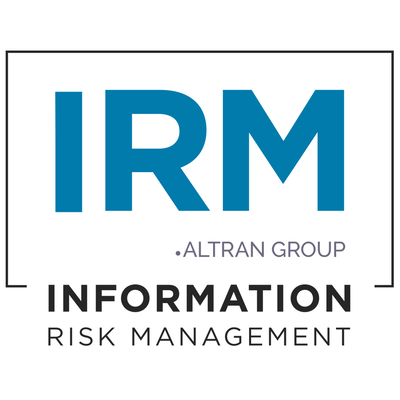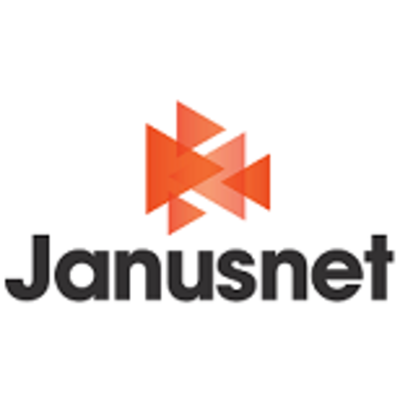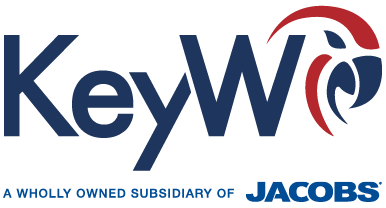
Categories
Problems that solves
Shortage of inhouse software developers
Shortage of inhouse IT resources
High costs of IT personnel
Shortage of inhouse IT engineers
Values
Enhance Staff Productivity
Reduce Costs
About Product
Description
NextLabs Enterprise Digital Rights Management (EDRM) is designed to protect data as it moves and is shared across today’s extended enterprise. With NextLabs, any file type can be protected and accessed from any device to ensure secure collaboration. Users can access protected files through a web browser, mobile clients, or their native applications. The solution can easily adapt to dynamic business situations and support ad hoc data sharing, while still allowing the organization to maintain centralized visibility and control of data-sharing policies. NextLabs also provides comprehensive auditing and reporting capabilities to satisfy compliance requirements. NextLabs EDRM is available on-premises or in the cloud, where both can work together to enable secure collaboration between partners, vendors, customers, and multi-tier supply chains.
Key Features:
- Attribute Based Control. Leverage information about the user, data, and environment, instead of just roles, to make access decisions.
- Integrated Security and Compliance. Meet compliance requirements by automatically applying the appropriate level of rights protection when documents are uploaded, created, and/or shared.
- Centralized Policy Management. Centrally control the creation, enforcement, and management of security policies to protect documents and files across all applications and systems.
- Anywhere Access. Access protected documents from any device – rich clients, web browsers, or mobile apps – in their native application.
- Ad hoc Sharing. Add rights protection to documents when created or uploaded that incorporate business and security policies.
- Secure Information Sharing. Enable secure collaboration internally and externally.
- Centralized Monitoring and Reporting. Monitor and manage system components and rules with a centralized UI.
- Rights Protection. Apply rights protection automatically to selected files based on rules.
- Automated Data Organization. Organize your legacy data automatically into classified directories.
- Extensible Framework. Install plugins to support additional actions, file types, and content repositories.

